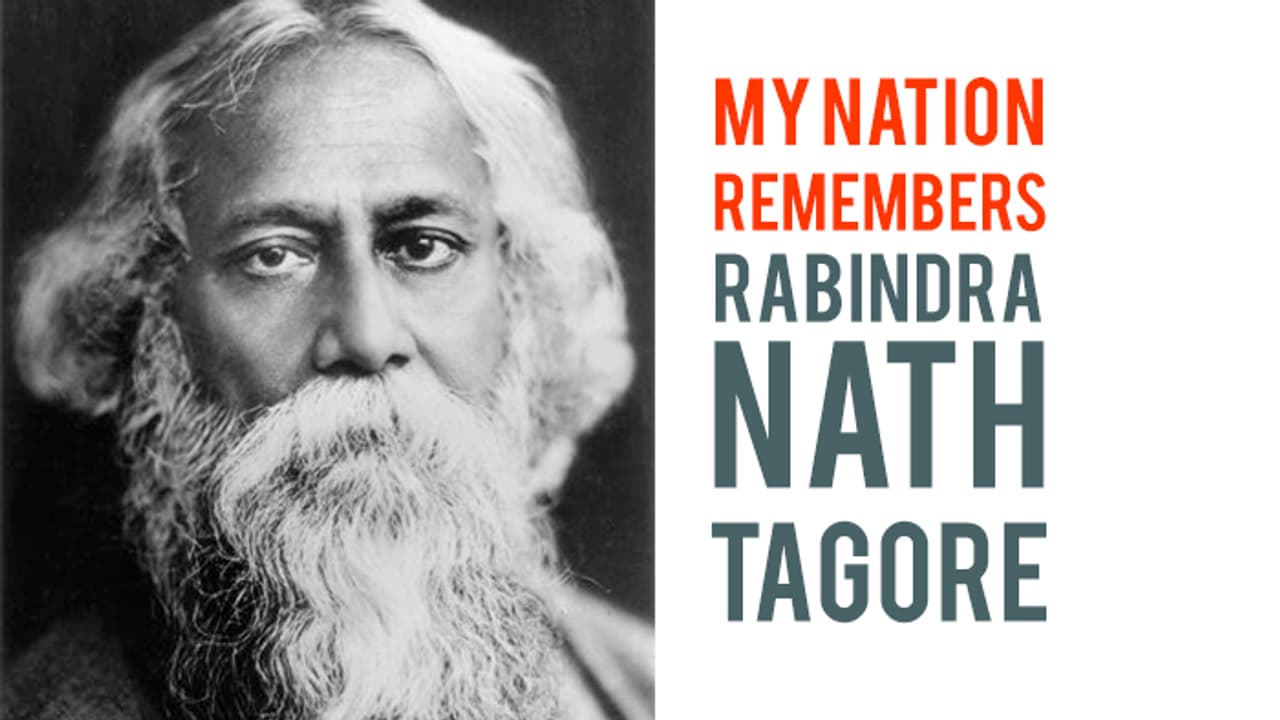Poet, lyricist, social reformer, educationist, humanist, internationalist, Brahmo, … Tagore wore numerous hats, and each one with aplomb as an individualist too
Rabindranath Tagore is not just a name. He is a phenomenon. This Tuesday, as he is being remembered across the country and many parts of the globe on his 77th death anniversary with sombreness, in Bengal the mood is not as gloomy. Strange as it may sound, Tagore himself wanted to be remembered for happier reasons. So, be it in Shantiniketan, his karmabhoomi, or Jorasanko, near Kolkata — his janmabhoomi — he is remembered with songs, poetry and debates.
The life and times of Tagore were extraordinary to say the least. While India was under the British rule, he expressed his opposition through his literature. He was the first Asian who won a Nobel for Geetanjali but didn’t think twice to return it to register his protest against the horrific Jallianwala Bagh massacre in which hundreds of Indians were butchered at the insistence of Col Reginald Dyre.
A fact many are not aware of about ‘Gurudev’, as he is fondly remembered and was addressed as when alive, is that he belonged to the Brahmo Samaj community. It was a reformist movement of the Hindu religion during the Bengal Renaissance. In essence, Brahmo Samaj did not discriminate between caste, creed or religion while ushering in modernity, partly driven by European sensibilities, in Hinduism. Tagore was a strong advocate of it.
The man who would become the first Indian to get a Nobel ever — in 1913 — never had a formal schooling. Surprising as it may sound, his was a journey of lifelong knowledge gathering adopting unusual ways. He developed a sense of modernity from the informal tutoring he received at home. Tagore’s first brush with formal education happened 17 years after he came to this world, in England.
Talking about Tagore without mentioning Shantiniketan is like talking about Shakespeare without his plays. It was an experimental schooling that he envisioned and gave a shape to. Around 150 km away from Kolkata, he set up this residential schooling system where students would not just learn literature but harness their creativity in painting, singing, dancing and even clay modelling. Most of his classes, if we may call them so, would take place in the open air. It was his version of Upanishadic style of education that continues till date.
Tagore was a complete package, in marketing terms. Poet, social reformer, composer, singer all packaged in one soul — that’s Rabindranath Tagore for you. Today as the nation remembers him on his 77th death anniversary, his true followers would say that the man is still alive in his creativity. And they are right to a great extent. Who else on earth can claim to have composed the national anthems of two nations: both India and Bangladesh. His ardent followers would quote him and say, “Tumi robe nirobe, hridoye momo” (You will continue to live silently in our hearts).
